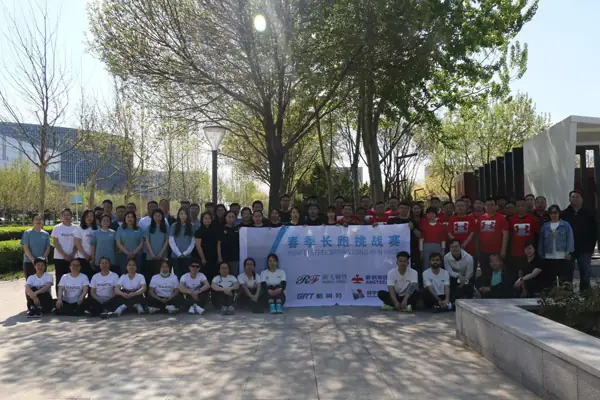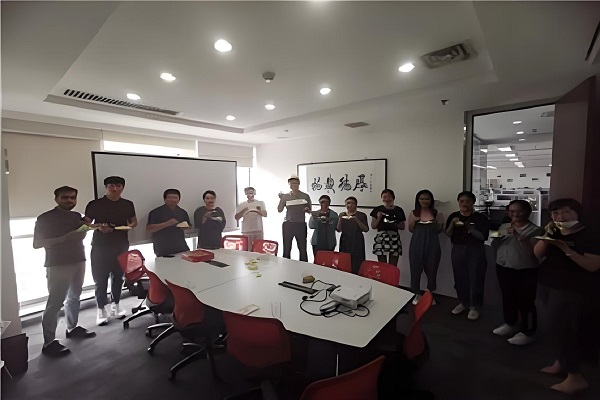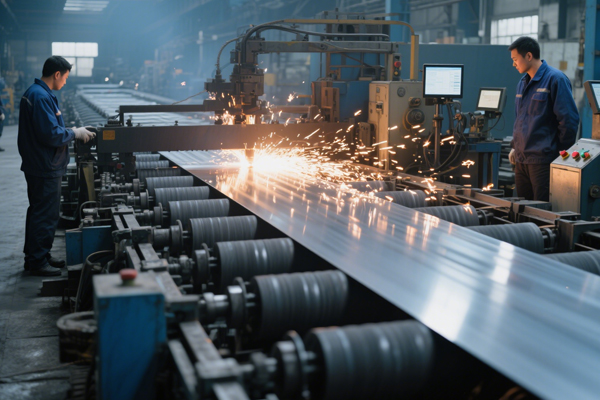IEA Expects China To Continue To Dominate Rare Earth Refining This Decade
The International Energy Agency predicts that by 2030, global rare earth magnet refining capacity will still be highly concentrated in certain regions, with China alone accounting for 77% of global refining capacity. Magnets made from these elements are critical to the clean energy transition as they are used in automotive traction motors and wind turbine motors for electric vehicles. Rare earth elements have the most geographical concentration of all critical energy transition minerals in terms of global refining capacity.
In 2023, China, Malaysia and Australia will dominate the total rare earth refining output with a staggering 98% market share, with China accounting for 92% of global refining output. By the end of the decade, these three countries will continue to dominate, accounting for 92% of the total market.
Malaysia is the fastest growing region in rare earth magnet refining production, with its share increasing from 5% currently to 12% in 2030. Australia is expected to hold a 3% share by the end of the decade, while China’s dominance will drop to 77%.
The main issue with magnetic rare earths is not that there is a huge supply-demand gap like with copper or lithium, but that the geographical concentration of mining and refining projects today and in the future is extremely important, making the market extremely vulnerable to supply disruptions.







